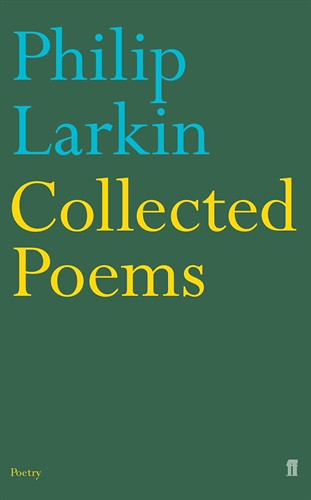 |
| Jamie and I on our way to the Waterside Centre |
The talk was part of the Northern Light Writers' Conference, organised by the lovely Richard Evans, and it took the form of a Q&A led by Leeds writer SJ Bradley. Jamie, Wes and I each explained our route into the small publishing world before tackling questions about the importance of energetic authors, how to get reviews and press coverage, and how to find an audience. Here's a nice excerpt from Desmond Bullen's review of the Northern Lights Writers' Conference:
'The opening panel’s reservations about self-publishing (quite apart from E.L. James’ literary infelicities, her success is the rarest of exceptions to the general rule) might have blanketed the D.I.Y. Press panel with the damp of caution. That it did not owed much to the tripartite enthusiasm and youthful momentum of Wes Brown of Dead Ink Books, Jamie McGarry of Valley Press and Emma Wright of The Emma Press.'
It was very enjoyable, and I was so excited to be on a panel at last that I completely forgot to steamroller the event with my list of the strengths of small poetry publishers. I think they're still worth an airing, particularly given the concerns raised at a recent Byte the Book event on the future of poetry publishing, so here they are:
The Future of Poetry Publishing: the secret weapons of the small poetry publishing world
- Commissioning apparently uncommercial titles. The received wisdom that there's no money in poetry is oddly liberating, because there's no sense of there being an obviously lucrative strategem from which we diverge at our own peril. We could try and copy Faber, but why not instead do what Faber can't, and take a chance on strange little books and booklets which we love and believe in? Why not publish an illustrated pamphlet of poems about Angela Lansbury, which is so bloody gorgeous that even people who never saw Murder She Wrote love it at first sight?
- Unconventional book design. You'll never see so many self-consciously classy-looking books as in the poetry section of a bookshop. The idea is, I guess, that poetry is a serious artform and everyone wants to look like Faber, with their iconic typographical covers. But Faber sells books because they are Faber, not because of their cover design! Unless you have a poet with a name like 'Harry Styles', a text-only cover is not going to help sales, and nor will an image of mist and some fences. Instead, how about giving ...
- individual attention to each title, from the cover to the marketing. It doesn't make sense to apply the same methods to every title, especially when you're a tiny publisher. The cover and interior design should express the character of the book, and I firmly believe that when the publisher manages this then the whole book stands out for being the thoughtfully-crafted object it is. You won't fool anyone into thinking you are Faber, but you can convince them that you're a more fascinating proposition altogether. I was told by a bookseller that The Flower and the Plough was too bright, handmade-looking and small for mainstream bookshops, but people at fairs and markets still reach for and buy it. See also: how Sidekick Books launched their Angela Lansbury book.
- Developing authors. Once again, because there is no money in it, allegedly, why bother cutting corners? Shoving a poet through a sausage machine is pointless when there's only pence to be made anyway, and there are so few household-name poets that it's better to develop some potential superstars rather than attempt to poach Simon Armitage from Faber. Jamie writes on the Valley Press site that he spends the majority of his time editing, and so do I, along with the powerhouse that is Rachel Piercey, who thank god is on my team. If all publishers waited around for perfectly-formed poems and poets to fall through their letterbox, readers would miss out on a plethora of delights.
- The personal approach. Bigger publishers rejoice in business-y names, or the surnames of men no-one remembers anymore, but smaller publishers are labours of love and still intimately connected with their founders' personalities and idiosyncrasies, so why pretend otherwise?






















